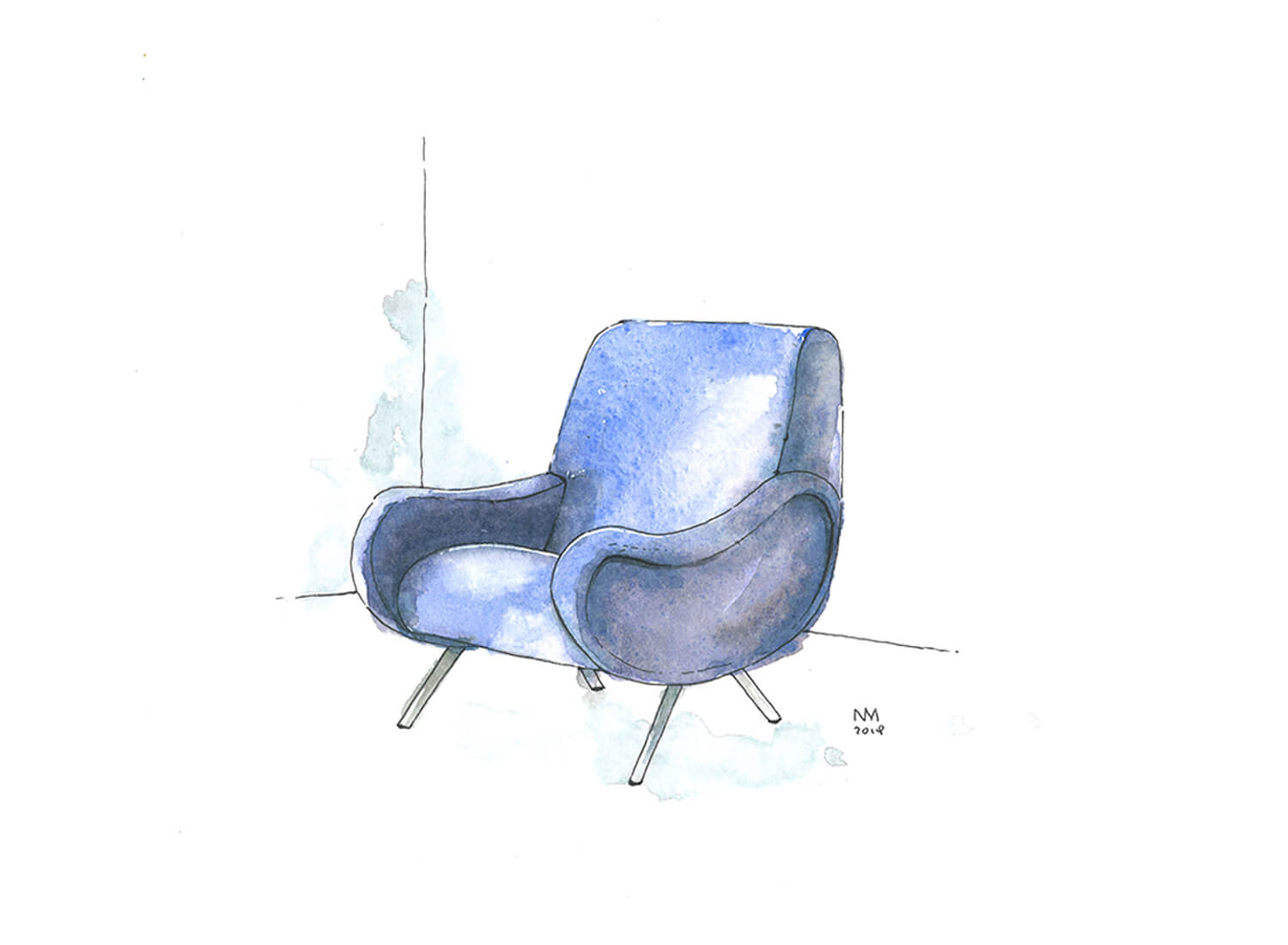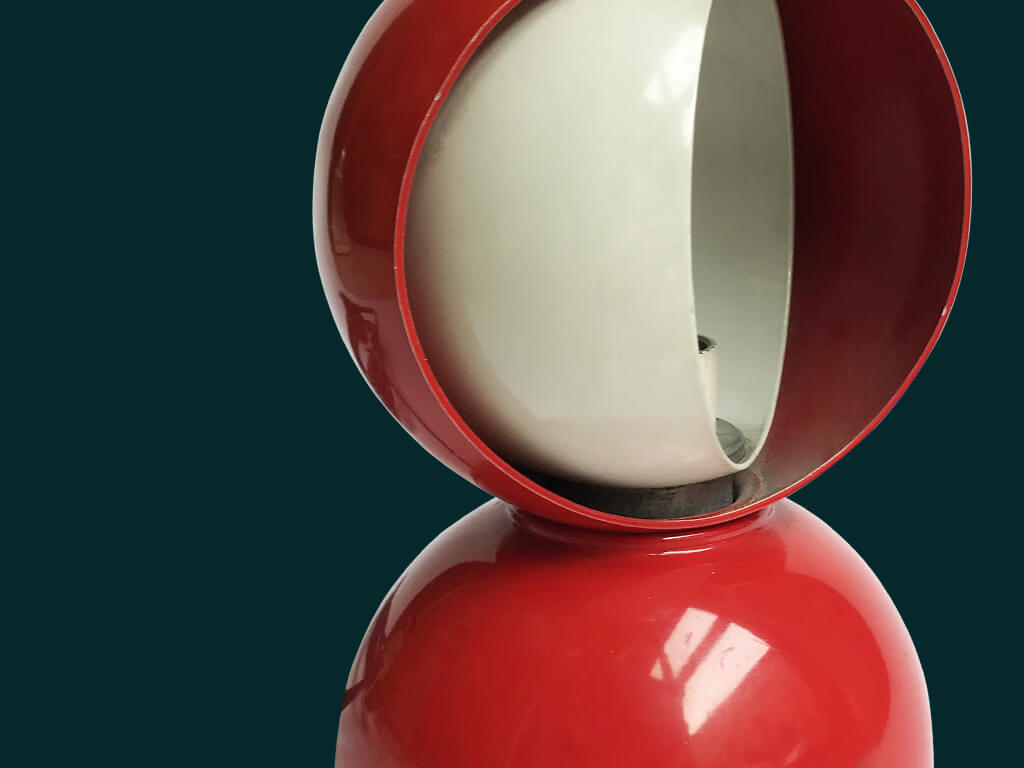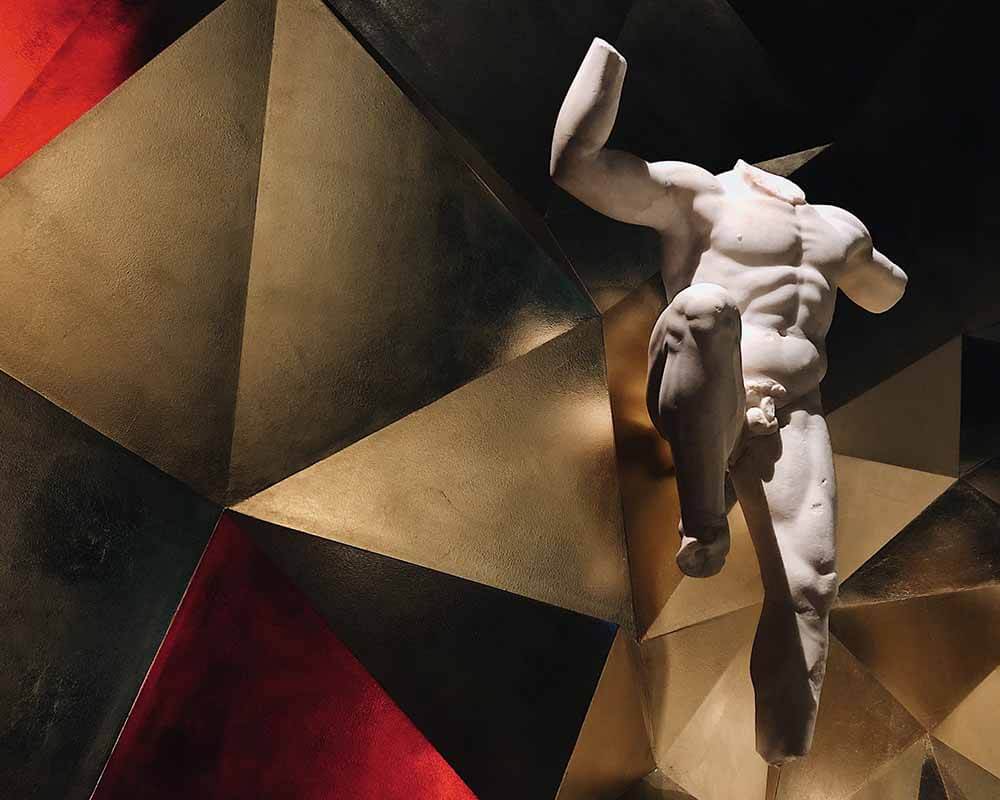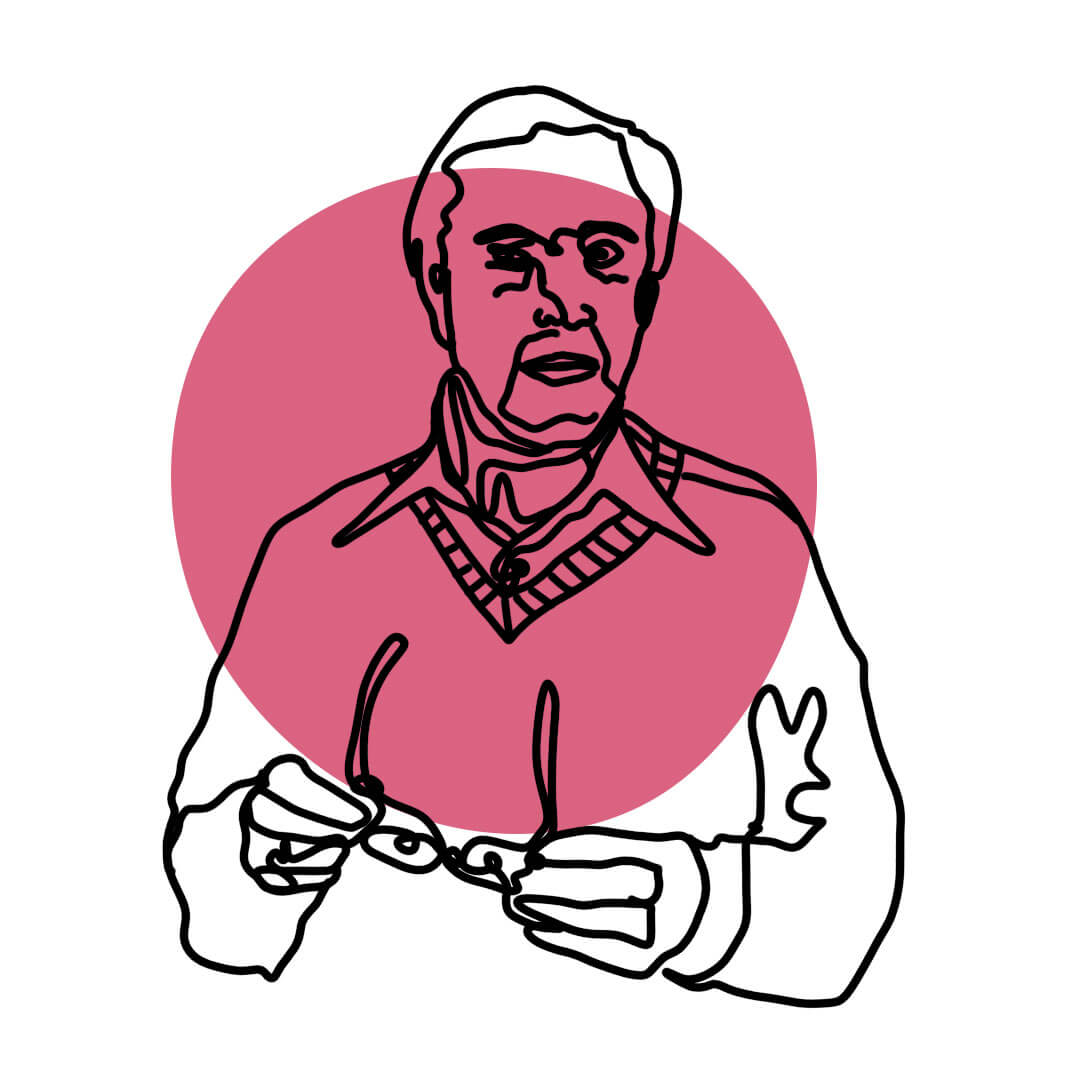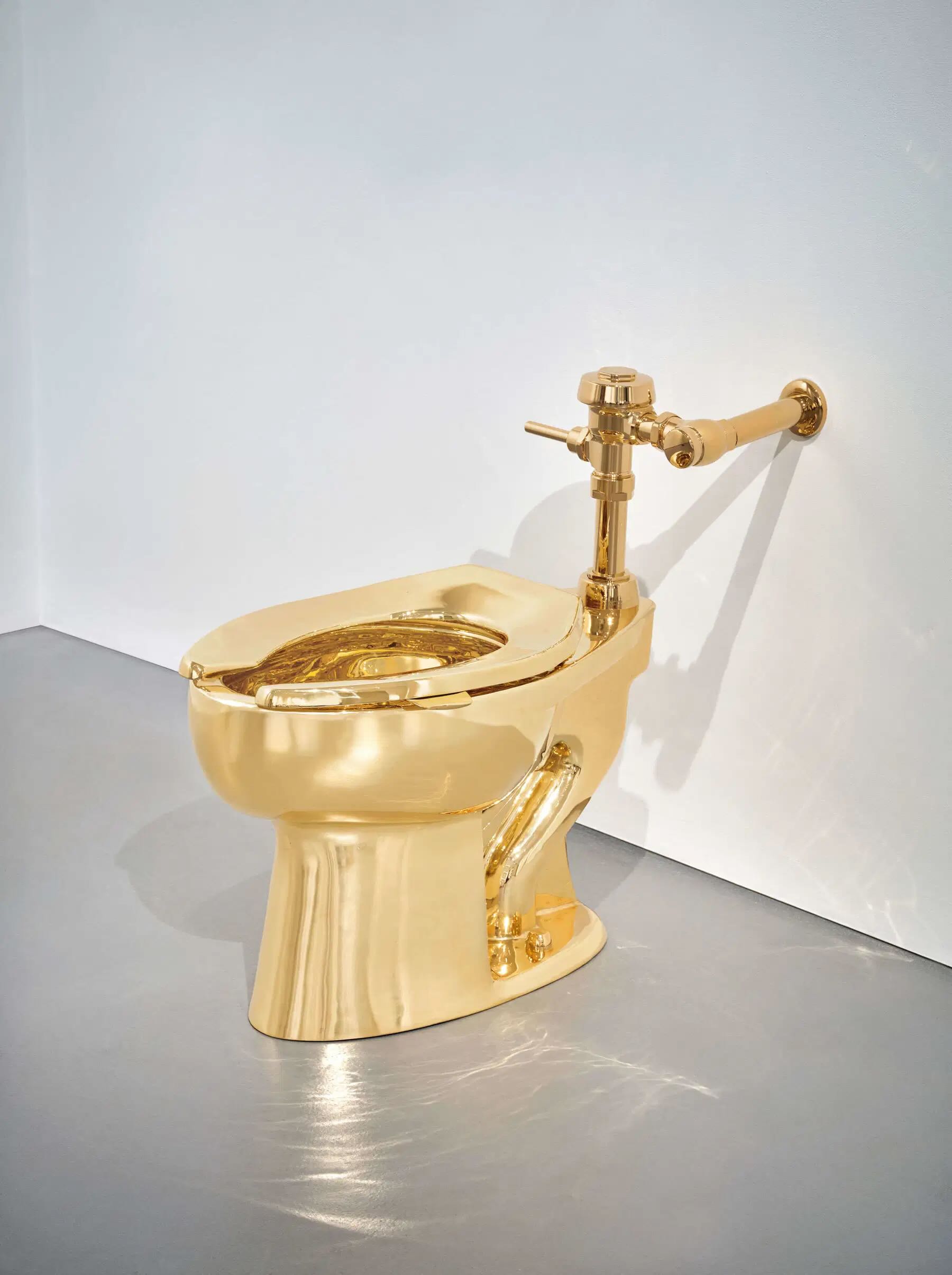"I thought I was a Surrealist too, but I never was. I’ve always painted my own reality, not my dreams."
Reading Frida Kahlo’s diary, we come across this and many other illuminating reflections that not only explore her work as an artist but also offer insight into her spirit as a woman and wife at the dawn of the 20th century.
Frida Kahlo was born in Mexico City in 1907, the daughter of a German photographer and a wealthy Mexican woman. Her life story is widely known, and hundreds of books have been written about her. We recommend watching the film Frida, which portrays her life, her tumultuous marriage to artist Diego Rivera, and her powerful body of work.
Today, however, we’re not focusing on Kahlo’s biography or her paintings. Instead, we turn our attention to her living spaces and how they gradually evolved to reflect her identity and lifestyle as an artist.
From a young age, Frida expressed a deep connection to her cultural roots, drawing inspiration from Mexican customs and traditions. After marrying Diego, she created a home where harmony prevailed. She often spent hours painting in the enchanting inner courtyard, surrounded by peacocks and monkeys she adored. Her culture came to life through terracotta vases holding towering cacti, decorative wooden objects, and straw chairs.
After enduring numerous infidelities from her husband, Frida chose to live alone—only to return after Diego pleaded with her to come back. The couple then entrusted a young architect, Juan O'Gorman, just 26 years old at the time, to design their home-studio. The design made waves in Mexico, as it was “the first building whose form was derived entirely from its function.”
The result was a deeply personal home, a physical expression of their union and love. Designed in 1931 and completed a year later, the residence was in fact two separate studio-houses: a larger one for Diego, and a smaller, almost delicate one for Frida—mirroring her own fragility.
The bridge connecting the two spaces served more as a symbolic gesture than a practical one. As O'Gorman explained, “you had to climb exterior stairs to reach the terrace, cross from one structure to the other exposed to the elements, and then slowly descend into the other’s daily life.”
In her later years, Frida chose to return to her childhood home, the Casa Azul, built by her father in 1904. She and Diego moved back together, and today the house is a museum dedicated to her life and legacy. A traditional Mexican home filled with terracotta objects and floral motifs, the Casa Azul became something far more intimate for Frida. Often confined to her bed due to illness, she transformed the house into her entire world. As her biographer wrote:
"It was as if her house were her dress... she decorated it, cared for it lovingly, and in doing so, her home became a reflection of Frida herself."

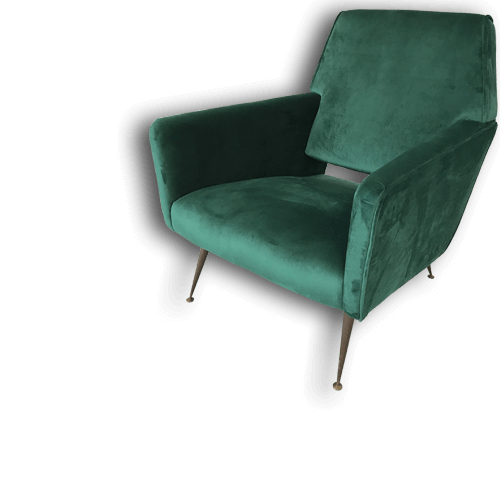



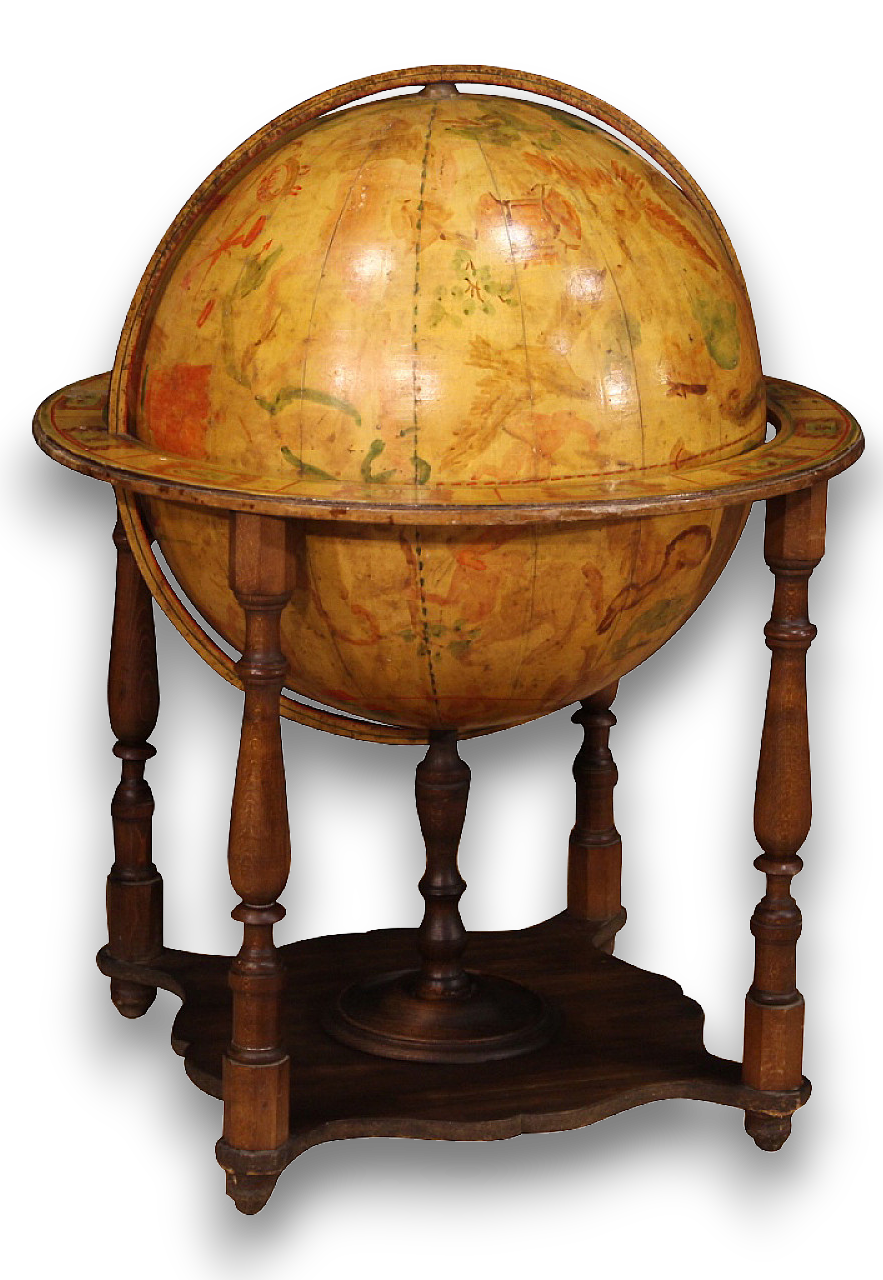
.png)
